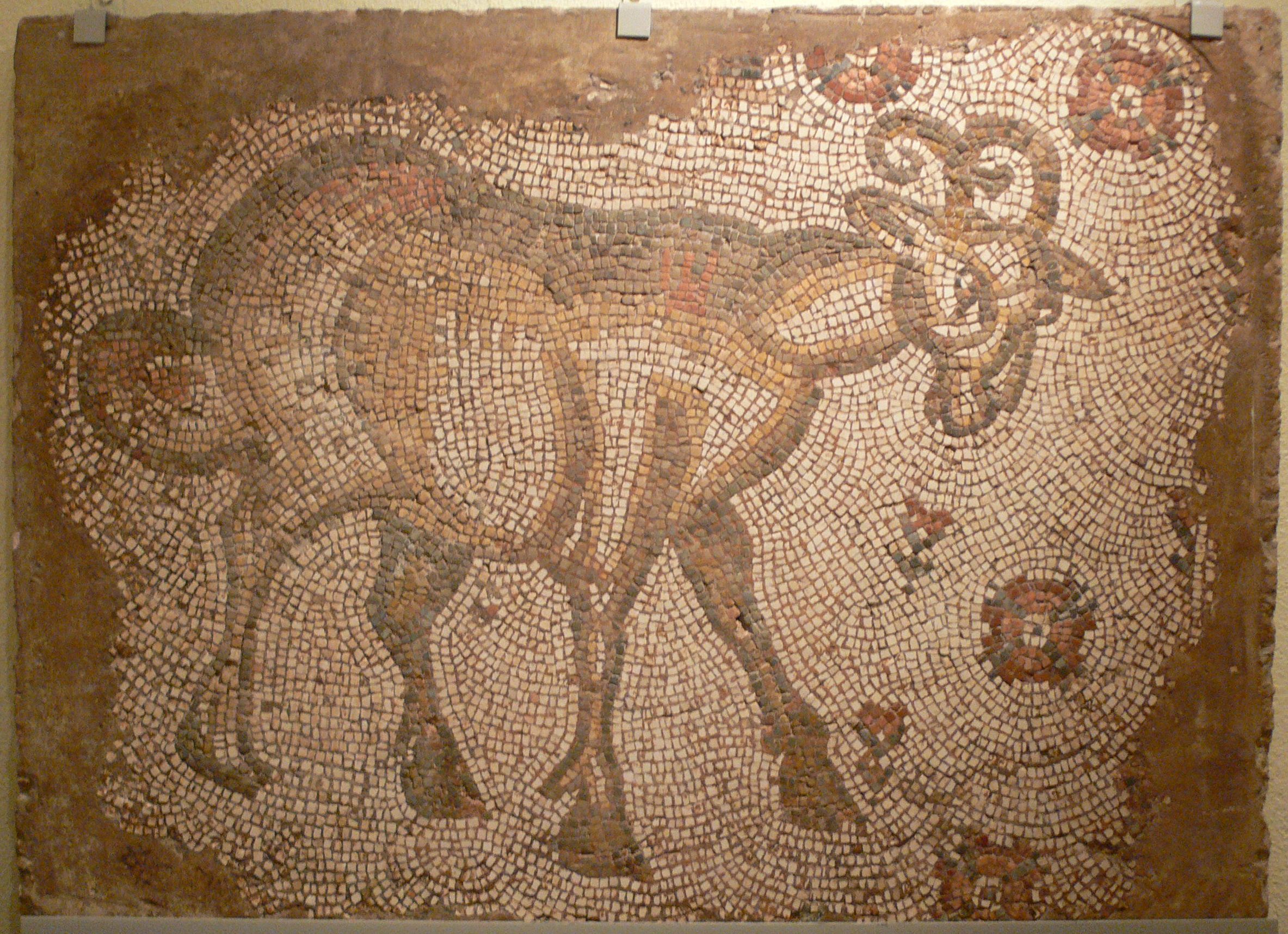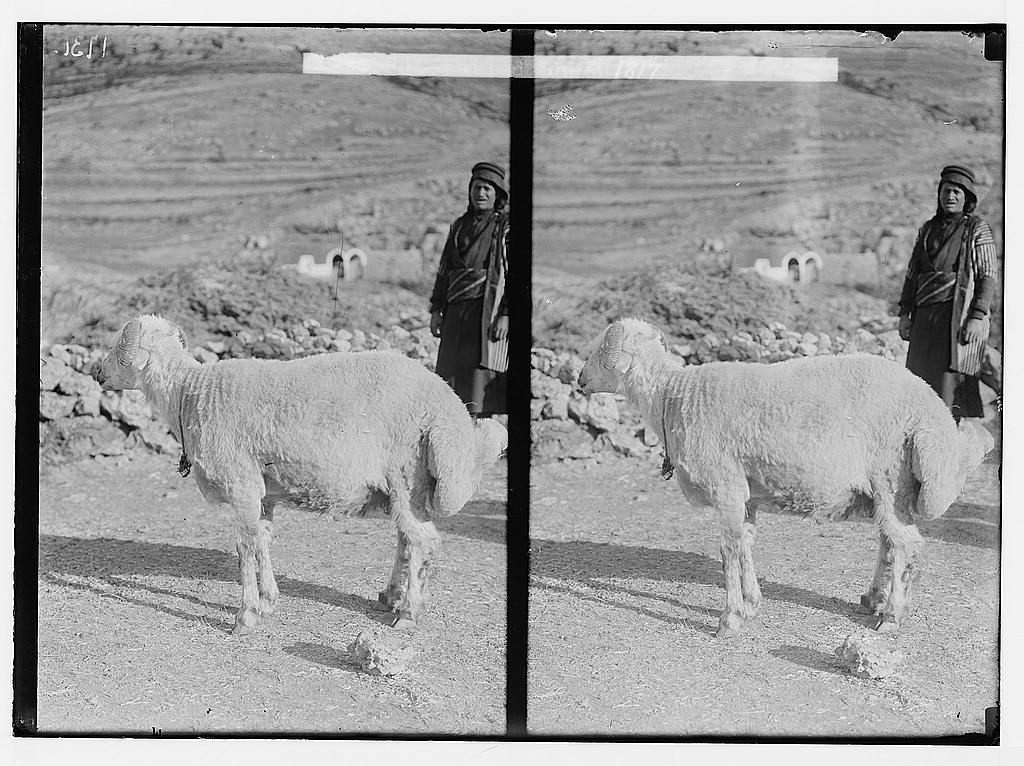For Thousands of Years, People Have Been Obsessed With Fat-Tailed Sheep
Writers and artists found them entrancing.

According to Herodotus, the fifth-century “father of history,” travelers in Arabia would without a doubt encounter flying snakes, birds building nests out of cinnamon, and sheep whose massive tails dragged on the ground. To avoid damage to said tails, shepherds with carpentry skills built them supportive, wheeled carts. Herodotus, who lived in Greek cities such as Athens when he wasn’t traveling, filled his histories with tall tales that he heard. But the fat-tailed sheep are very much real.

That fact comes as no surprise to much of the world, since some 25 percent of the world’s sheep are fat-tailed varieties, according to the Oxford Companion to Food. For millennia, people have bred sheep with huge, fat-heavy tails, which can be found mainly in the Middle East, Central Asia, and Africa. Some breeds have heavy, curled tails, while others look like paddles. The tails of Awassi sheep can weigh around 26 pounds, which is modest compared to an 80-pound sheep tail described by 16th-century chronicler Leo Africanus.
For sheep, extra tail fat provides energy reserves in harsh climates. But for humans, the appeal is more culinary: Fat from the tail serves as an excellent preservative and cooking fat. Since tail fat is exposed to cold more often, According to food historian Charles Perry, it has a low melting point that contributes to a buttery rather than a waxy texture. Lebanese awarma, for example, consists of chopped lamb preserved in copious amounts of tail fat. A type of confit, it’s often served as an accompaniment to eggs or hummus.

Artists from Israel to India immortalized fat-tailed sheep with rock paintings, mosaics, and glorious golden canvases. There’s even a mention of fat-tailed sheep in the Bible. But to Europeans and Americans, who were used to thin-tailed sheep, the creatures were a jaw-dropping concept. Combined with the idea of tail carts, writes Jeremy Strong, fat-tailed sheep have “compelled the fascination of writers for at least 2,500 years.”
Travel accounts and farmer’s almanacs up until the 20th century breathlessly described fat-tailed sheep à la Herodotus: complete with the attached cart. Such descriptions led skeptics to question whether sheep with tail carts were mythical, on par with cinnamon birds. Yet while photographic evidence of modern tail-protectors is scant, scholar John Goodridge argues that they’re very real, and cites 19th- and 20th-century references to sheep-tail carts in Afghanistan.

Huge tails might seem impractical. After all, many farmers of thin-tailed sheep dock tails almost entirely, to keep them from getting soiled or infected. But sheep fat was long appreciated for its taste and cooking usage, notes Perry. It’s only now that tail fat as a flavoring and treat is slowly sliding from grace. After all, thousands of years of history are no match for a fat-fearing world.
Gastro Obscura covers the world’s most wondrous food and drink.
Sign up for our regular newsletter.
































Follow us on Twitter to get the latest on the world's hidden wonders.
Like us on Facebook to get the latest on the world's hidden wonders.
Follow us on Twitter Like us on Facebook